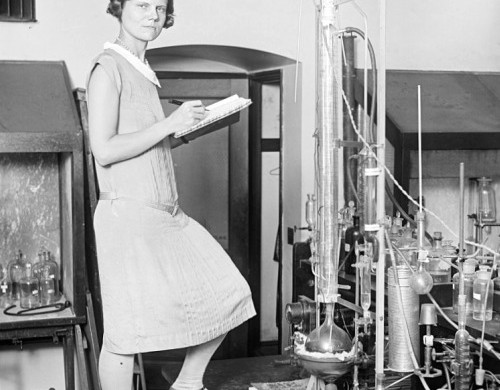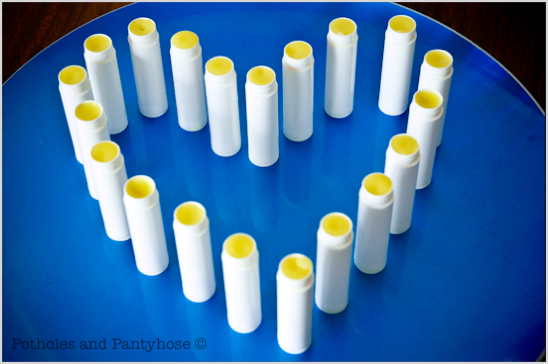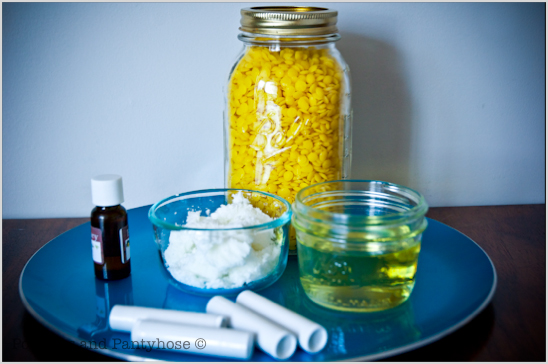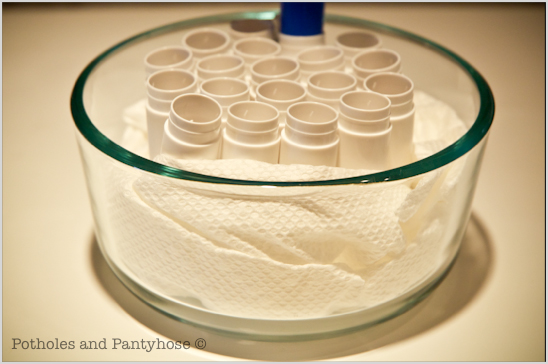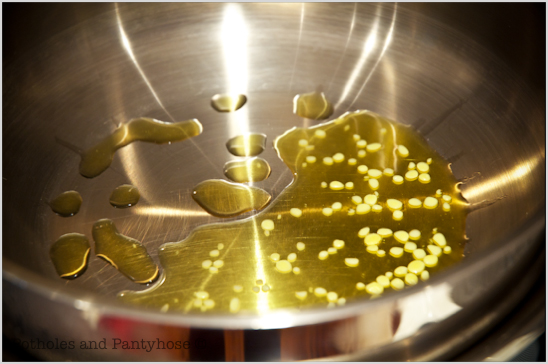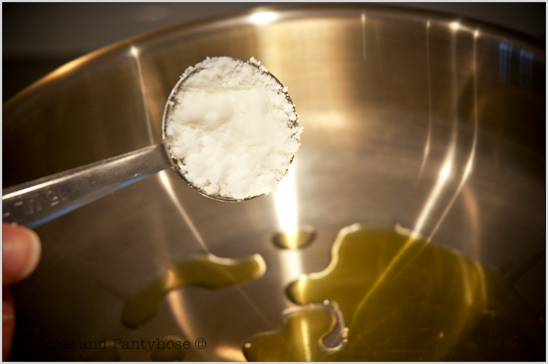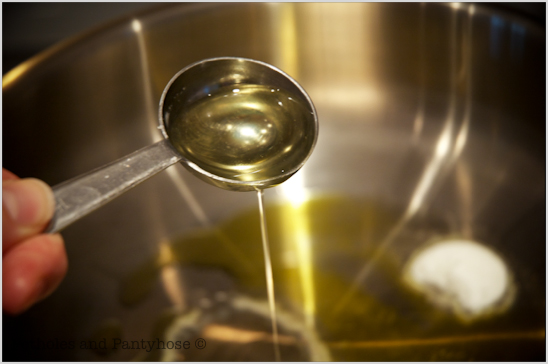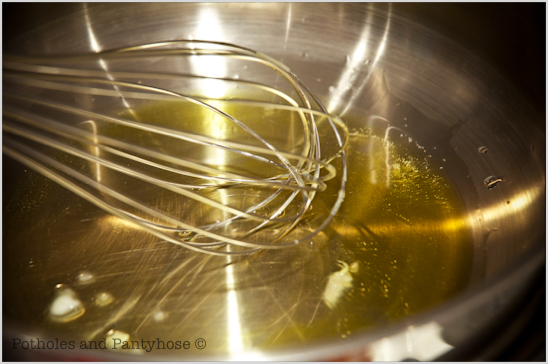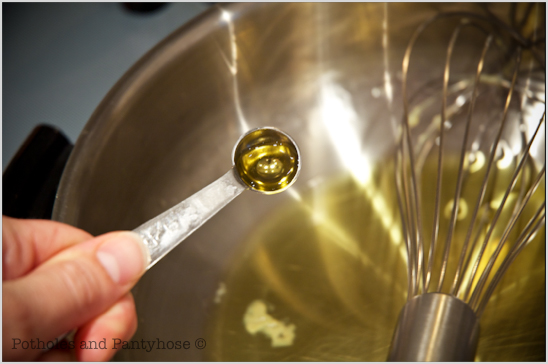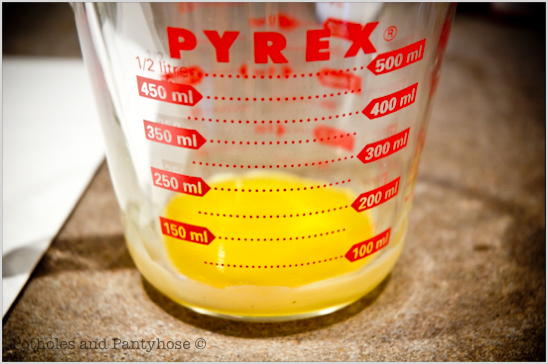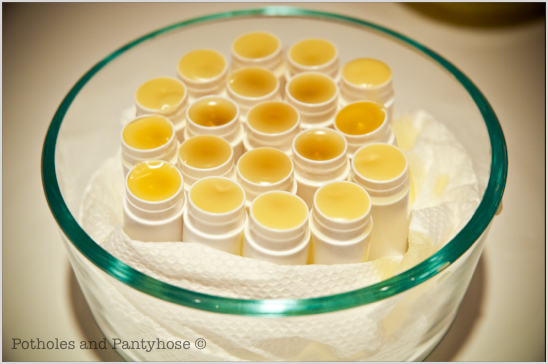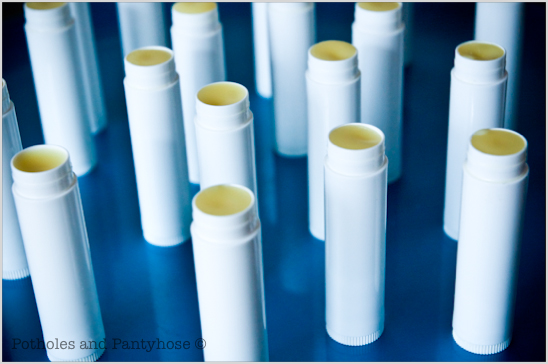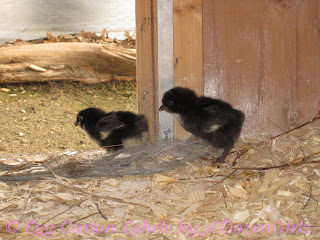Try these soap making recipes for
handmade soap. If you missed the first page to this topic visit the
how to make soap page which will give you
an introduction to soap making, the equipment you need and the
precautions you need to take when using lye.
The hand-milled homemade soap recipes
allow you to make soap without coming into contact with lye. So,
effectively, you are making no lye soap, although technically, it had
lye initially to cause a chemical process resulting in soap as a
finished product. So, for those of you who would like to make your own
soap without using lye are a raw material, these soap making recipes
are the answer. They are soaps that are created using store-bought,
unscented, white bars. Baby soaps are perfect for this.
HAND-MILLED SOAP MAKING RECIPES for SAGE SOAP
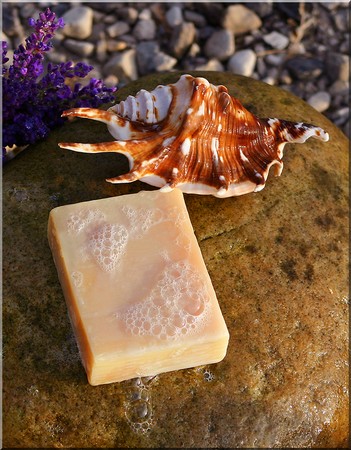 Photo © Malene
Thyssen
Photo © Malene
Thyssen
Here
is a soap that you can re-batch, call your own and here you are making
soap without using lye or caustic soda. Therefore it is safe, fun and
can be used for kids crafts too.
Grate 2 cups of your chosen
store-bought white soap, or your homemade Castile soap
Place grated soap in a heat-resistant
glass bowl
Add 1/4 cup of water
Take a pot of water simmer over a low
heat. Place bowl over the pot of simmering water and heat gently until
melted. Do not stir, although you will be tempted. If you do, you will
add bubbles to your soap that you don't really want.
Remove from heat and add 1/4 cup rubbed
sage. Fold in carefully to mix in ingredients without adding bubbles.
Take a suitable mold, such as an ice
cream box, which as been pre-smeared in a thin coating of petroleum
jelly to ensure that your soap will be released easily.
Pour your soap into the mold and place
in fridge to set.
Once set remove from fridge and release
from mold. Place on a cake rack for 3 weeks to dry completely.
Once your soap is dry, cut up
your bars accordingly and wrap as desired.
This
is a basic homemade soap recipe that you can then use to substitute
sage for oatmeal, add a teaspoon of saffron or paprika for coloring
etc. Just remember that food colorings are not suitable color
additives for making soap.
HAND-MILLED SOAP MAKING RECIPES for OATMEAL and HONEY SOAP
- 3/4 cup grated white unscented soap
- 1/4 cup oatmeal
- 1 tablespoon honey
- 1 teaspoon almond oil
Make this soap using the same
homemade soap recipe as above.
SOAP MAKING RECIPES for BEGINNER'S SOAP
Here you will be using
small quantities to start off with, so if you mess it up it's no big
deal. Remember, that for your soap to be successful you have to measure
your ingredients accurately, make sure that both the temperatures of
the lye water and the oils are at 95°F when you mix them together, and
that the soap has been sufficiently mixed together so that it has
reached the 'trace' stage. When the spoon is dragged through the soap
mixture and it leaves an indentation for a few seconds, your mixture
has began to turn to soap. This can take from 10 minutes to an hour of
mixing.
- 6 oz coconut oil
- 6 oz olive oil
- 5 oz vegetable shortening
- 2.6 oz lye
- 1 cup water (8 fluid ounces)
Using your safety glasses, and gloves,
carefully combine the lye and water in a glass jar. It will heat up
fast, so be careful.
Stir until dissolved and then place the
lye in a sink full of ice and water to get it to cool to 95°F.
Melt the vegetable shortening in a
stainless steel pot over a low heat. Add the coconut oil and the olive
oil.
Mix well and heat to 95°F.
Make sure that both the lye water and
the oils are at 95°F. Now add together carefully, stirring constantly
until the mixture begins to trace.
Pour into molds and leave for 24 hours.
Release from molds, cut into bars and leave on a wire rack for 3 - 4
weeks to harden. This recipe makes about 5 bars.
Variation:
Add 2 tablespoons of oatmeal
after the soap has reached the 'trace' stage. Mix thoroughly and then
pour into molds as usual.
SOAP MAKING RECIPES for a SMALL BATCH OF SOAP
Again
this is a soap recipe for a small batch of soap for you to try out when
you first begin making soap. If it turns out a disaster, then at least
you haven't wasted a lot of money and ingredients.
This recipe will make 1 bar of soap.
Mix 5 teaspoons of lye with 1/2 cup of water. Add 1 cup of lard, and whatever extras you may wish to add.
Follow the instructions for making soap.
This recipe will make 1 bar of soap.
Mix 5 teaspoons of lye with 1/2 cup of water. Add 1 cup of lard, and whatever extras you may wish to add.
Follow the instructions for making soap.
SOAP MAKING RECIPES for CREAMY CASTILE SOAP
Castile soaps are so
called, because the main oil that is used
in these soap making recipes is olive oil.
- 16 oz water
- 6 oz lye
- 16 oz olive oil
- 8 oz coconut oil
- 17 1/2 oz shortening
Not forgetting your safety glasses and
gloves, mix the water and the lye in a large glass bowl or stainless
steel pot. The water mixture will get very hot, so take care.
Heat the oils and the shortening over a
low heat, stirring often. Heat to about 95°F. This will take about 30 -
40 minutes.
Check the temperature of both the lye
water and the oil mixture as both should reach about 95°F at the same
time. If one is hotter than the other, place in a sink of cold water to
get the temperature down to match the other.
Once the temperatures are even then add
the lye to the oils, stirring constantly.
From 10 minutes to an hour of stirring,
the mixture should begin to 'trace'. This means that when a spoon is
dragged through the mixture, an indentation is left behind for a few
seconds. If you do not stir your soap to the point of tracing, then
when the soap is poured it will separate into levels of lye and oils,
and your soap will not be successful. Once tracing has been reached
this is the time to add any herbs, plants or essential oils to your
soap, if desired.
Pour your soap into suitable plastic
molds, cover with lids and wrap in a heavy blanket for 24 hours.
Once the soaps have hardened they
should leave the the molds very easily. If you have trouble, in the
future you can use a thin coating of Vaseline on your mold to help with
the un-molding process.
You can cut your soap into smaller bars
at this stage and leave on a wire rack for 3 - 4 weeks to air dry and
harden.
SOAP MAKING RECIPES for ALOE VERA SOAP * Based on the recipe above
- 1x 4oz bar of Castile soap, grated
- 2 tablespoons aloe vera gel
- 1 1/2 tablespoons rosewater
- 30 drops evening primrose oil
- 6 drops tangerine essential oil
- 4 drops juniper essential oil
Take a flat baking tray and line the
base with waxed paper. Set aside.
In a glass bowl mix the Aloe Vera gel,
the rosewater and evening primrose oil and leave overnight.
The next morning beat the mixture
thoroughly. Add the essential oils drop by drop, mixing well after each
addition.
Wet your hands, and taking a small
amount of mixture ( about 1/3 of a cup at a time) form it into balls.
Place the balls on your baking tray
that has been lined with waxed paper.
Leave until dry and firm.
SOAP MAKING RECIPES for TRANSPARENT HONEY SOAP
- 500 ml distilled water
- 175 g caustic soda
- 1.1 kg tallow or fat
- 50 g honey
- 225 g coconut oil
- 2 tablespoons sugar "burnt" so that it caramelizes for the coloring.
Follow the same soap making
process below for the Hard Laundry Soap Recipe, adding the honey and
coconut oil to the tallow as it melts.
Variations on the
above soap making recipe
Add a few drops of perfumed
oil to the soap just before you pour it out.
Add half a cup of powdered
milk to this homemade soap recipe just before you pour it out for a
very smooth, rich, moisturizing soap.
Add half a cup of honey just
before you pour it out for a rich, clean soap
Add chamomile or parsley tea,
or tea made of calendula petals and hot water instead of water in the
recipe - these are all soothing herbs which make a mild soap.
Replace part of the oil with
avocado or almond oil for a very rich moisturizing soap.
SOAP MAKING RECIPES for SANDALWOOD SOAP
- 2 oz Sandalwood essential oil
- 1/2 oz Sandalwood powder
- 14 oz tepid water
- 6 oz lye
- 18 oz coconut oil
- 6 oz palm oil
- 12 oz olive oil
- 4 oz wheat germ oil
Combine the Sandalwood oil
and powder together and set aside.
Blend the water and lye
together carefully. Set aside and cool to 95°F.
Gently heat the coconut
oil and palm oil together over a low heat. Add the olive oil and the
wheat germ oil and then heat to 95°F.
Once the temperatures are
the same, mix the lye water into the oils.
Stir the mixture until it
reaches the 'trace' stage. Now add the Sandalwood mixture. Stir
thoroughly and put into suitable molds.
Leave the soap to set and
solidify for about 24 hours. Release the soap from the molds, cut into
bars and place on a wire rack to air dry for 3 - 4 weeks.
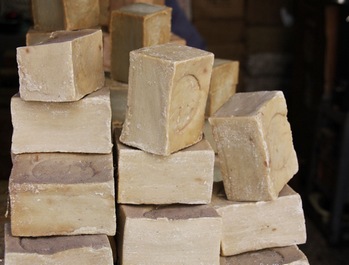
SOAP MAKING RECIPES for SEED AND SPICE SOAP BALLS (Makes 16)
These are great soaps to make, firstly
because they can be made for cheap and novel gifts, and secondly, even
the kids can get involved.
- 350 g Lux Soap Flakes
- 5 tablespoons water
- 5 tablespoons olive oil
- 1 tablespoon ground cinnamon
- 1 tablespoon ground ginger
- 1 tablespoon poppy seeds
- 1 tablespoon sesame seeds
Place the soap flakes - such as Lux -
into a large bowl, adding the water and the oil. Mix these ingredients
with a spoon. Know knead the mixture with your hands until it resembles
play dough. Divide the soap 'dough' into 16 portions by scooping out a
rounded tablespoon of soap mixture for each portion, shaping each
portion into a ball.
Place one tablespoon of each of the
seeds and spices into 4 separate bowls or saucers. Quickly dip a soap
ball in a small bowl of cold water then roll it between your hands to
evenly wet the surface. Now drop the soap ball into the sesame bowl,
dry your hands then spin the bowl around to coat the soap ball evenly
with sesame seeds. Roll and press the seed-coated soap ball between
your hands to 'fix' the seeds. Working with one seed or spice at a
time, repeat this step to coat the remaining soap balls.
These soaps do not need to cure.
SOAP MAKING RECIPES for COLD LAUNDRY SOAP MADE WITH COMMERCIAL LYE
- 2 quarts strained rendered beef fat (fat around kidneys is best)
- 1 can lye (14-16 oz)
- 1 quart water
- 1/2 cup ammonia
- 2 tablespoons borax dissolved in 1/2 cup water
Carefully combine the lye and water in
a glass jar. It will heat up fast, so be careful.
Stir until dissolved and then place the
lye in a sink full of ice and water to get it to cool to 98°F.
Cool the melted beef fat in the same
manner to get it down to 98°F too.
When the right temperature has been
achieved, add the lye solution into the beef fat and stir well.
Add the ammonia and the borax and
continue to stir until it is thick; like honey.
Pour into wooden mold or a glass baking
pan that has been coated with a light coating Vaseline to prevent it
from sticking.
After 24 hours, cut into bars and allow
to harden in a dry place. Grate and use after 3-4 weeks.
SOAP MAKING RECIPES for HARD LAUNDRY SOAP (Makes 6kg)
This homemade soap recipe uses caustic
soda, so please take the necessary safety precautions.
- 500 gm caustic soda
- 3 kg clean fat, or olive, coconut, sunflower oil, or a combination.
- 2 liters of cold water or herbal tea
Weigh the caustic soda with gloves and
goggles on. Pour water or herbal tea into a jug and add the lye, slowly.
It will bubble and heat at this stage, so take care. Set aside to cool
while you are measuring the fat.
Melt the fat if necessary, or heat oil
to 30 degrees centigrade. The lye (caustic soda / water mixture) should
also be at 30 degrees centigrade. Pour the lye into the fat or oil,
stirring continuously until well mixed and sponification takes place.
This can take as long as 20 minutes or more. When the mixture becomes
thick and opaque you have reached that stage. Stop stirring!
Both the lye and the oil need to be at
the same temperature or the soap will separate.
Pour mixture into molds and cover with
a blanket to stop it cooling too quickly. If an oil film develops on
the top, stir again; you may have to do this several times. Soaps made
with oil are more likely to react in this way and separate.
After 4 weeks, cut the soap into bars.
It should be firm, but not hard at this stage. Now allow to dry and
harden for at least another month before using.
SOAP MAKING RECIPES for HOMEMADE SOAP WITHOUT CAUSTIC SODA
- 3 kg fat
- 5 tbsp borax
- 3 tbsp kerosene
- 1 tbsp resin
Mix together half a kerosene tin of clean wood ash with 1 kg of lime and 2 3/4 kg of washing soda. Boil this in one kerosene tin of rain water for 1 hour.
Stand overnight, well covered with hessian bags.
In the morning strain, place in a clean vessel, add fat, borax, kerosene and resin. Boil for 3 hours stirring often.
Pour into wet mold, and when cold cut into bars. Store to dry for one month before using.
Well, we hope you have enjoyed reading
our soap making recipes and feel inspired to try some out yourself. If
you have any problems drop us a line through our Craft
Forum. We would love to hear from you.
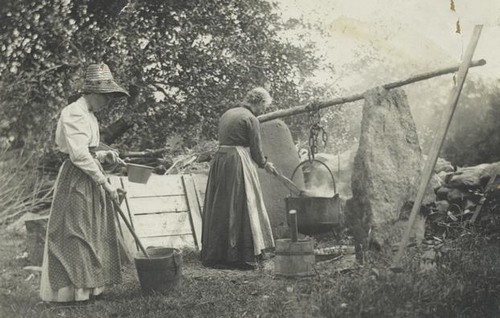
Photo courtesy of NY Public Library.








